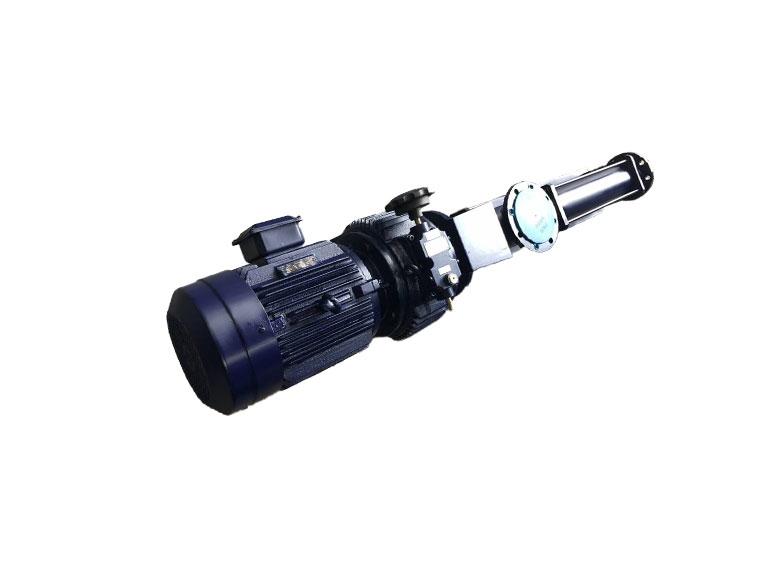Screw pumps are widely used in various industries for the efficient transportation of fluids. Understanding the process of feeding and discharging in screw pumps is crucial for their optimal performance. This article explains how screw pumps operate during the feeding and discharging stages, highlighting their key mechanisms and functions.

- Feeding Process: The feeding process in a screw pump involves introducing fluid into the pump chamber for transportation. Here are the essential steps in the feeding process:
a. Inlet Opening: The screw pump has an inlet opening through which the fluid enters the pump. This opening is usually positioned at the suction side of the pump.
b. Screw Rotation: The screw, typically composed of a helical rotor, rotates inside the pump chamber. As the screw rotates, it creates a void or space between the screw threads and the chamber walls.
c. Fluid Filling: As the screw rotates, the void created by the screw threads allows the fluid to fill the pump chamber. The fluid is pushed forward by the rotating screw, creating a continuous flow.
d. Seal Formation: The tight clearance between the screw threads and the pump chamber walls helps to create a seal, preventing fluid from flowing backward.
e. Fluid Transport: With each rotation, the screw transports the fluid towards the discharge side of the pump. The screw’s helical shape propels the fluid along the screw threads.
- Discharging Process: The discharging process involves the expulsion of the fluid from the screw pump. Here are the key steps in the discharging process:
a. Outlet Opening: The screw pump has an outlet opening positioned at the discharge side of the pump. This opening allows the fluid to exit the pump chamber.
b. Screw Rotation: The screw continues to rotate, pushing the fluid towards the outlet opening.
c. Pressure Build-Up: As the fluid is pushed towards the outlet, the screw’s rotation creates pressure within the pump chamber, increasing the discharge pressure.
d. Fluid Discharge: The high-pressure fluid exits the pump through the outlet opening, ready for further transportation or utilization in the industrial process.
e. Continuous Operation: Screw pumps are designed to operate continuously, with the feeding and discharging processes occurring simultaneously. This ensures a consistent flow of fluid through the pump.
Conclusion: Screw pumps are efficient devices for feeding and discharging fluids in various industrial applications. Understanding their operation during the feeding and discharging stages is essential for maximizing their performance. By rotating the screw to create a void for fluid filling, forming a seal, and utilizing the helical design to transport fluid, screw pumps effectively move fluids from the inlet to the outlet. With their continuous operation, screw pumps offer reliable and efficient fluid transportation, contributing to the smooth operation of industrial processes.
